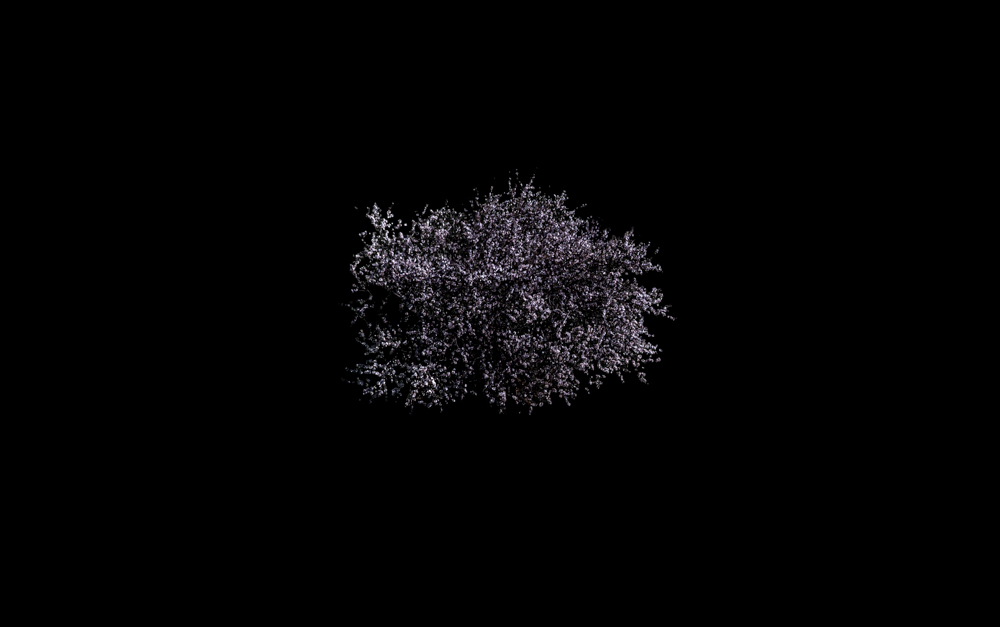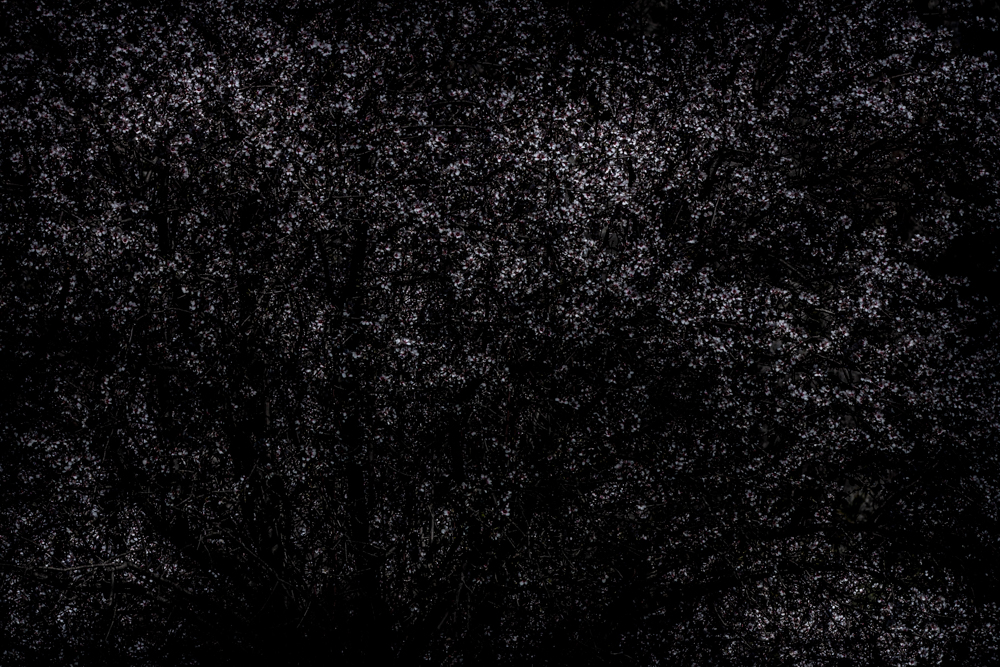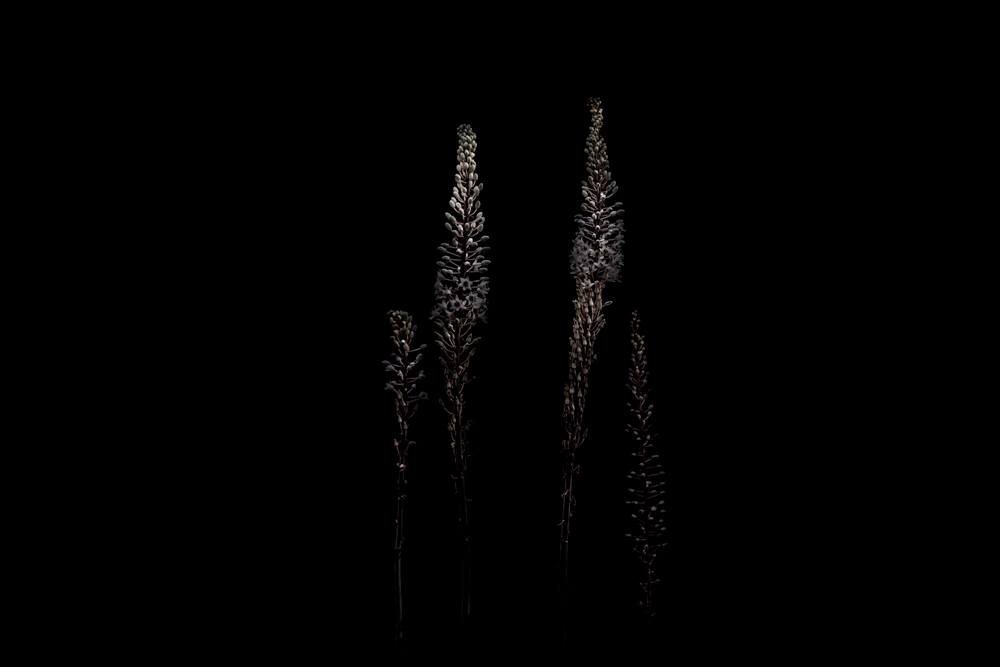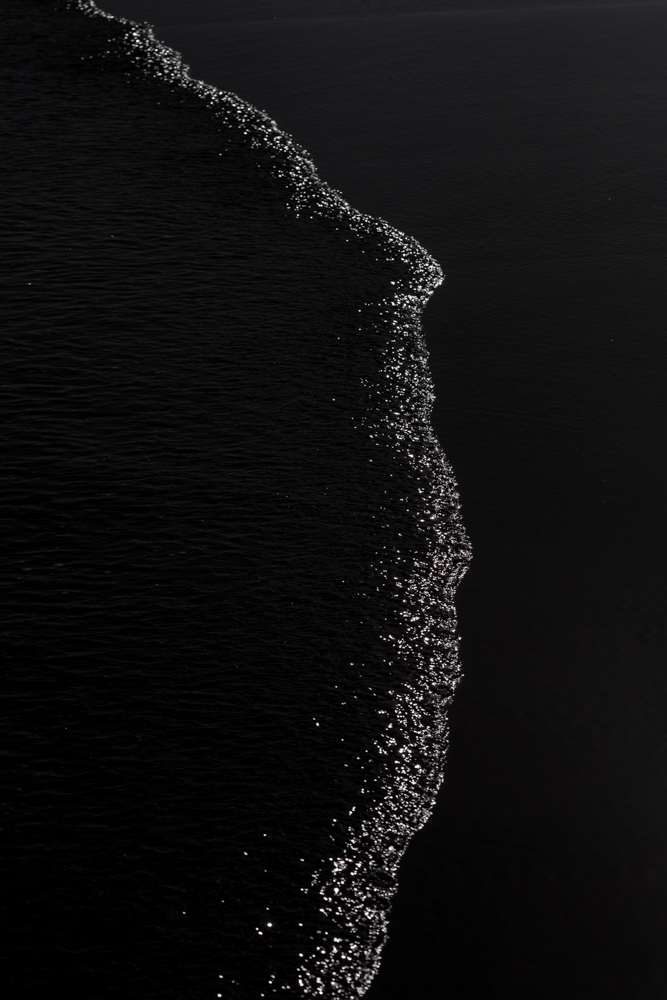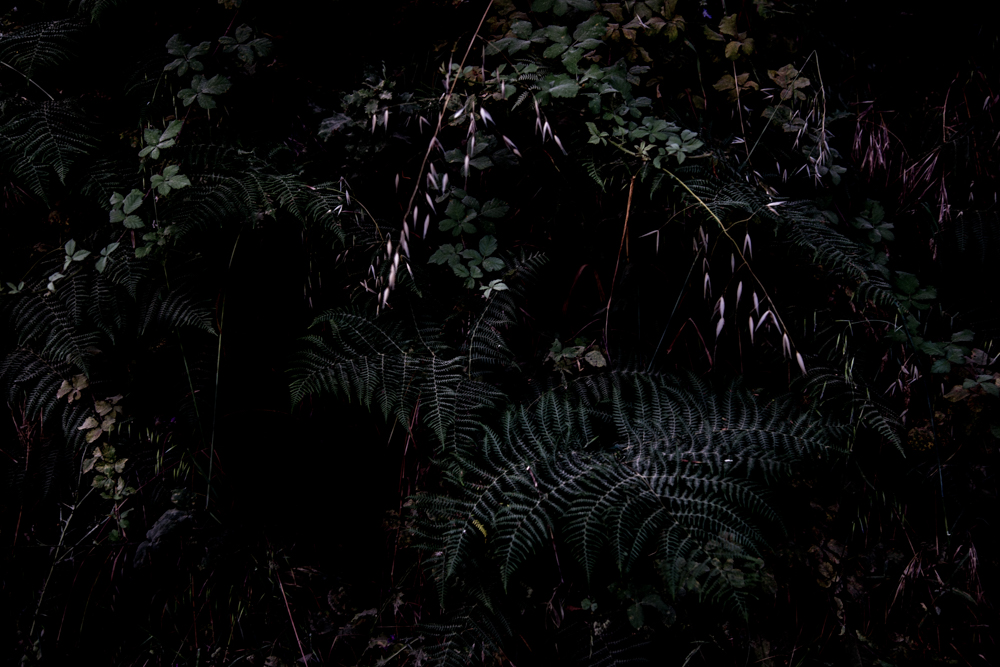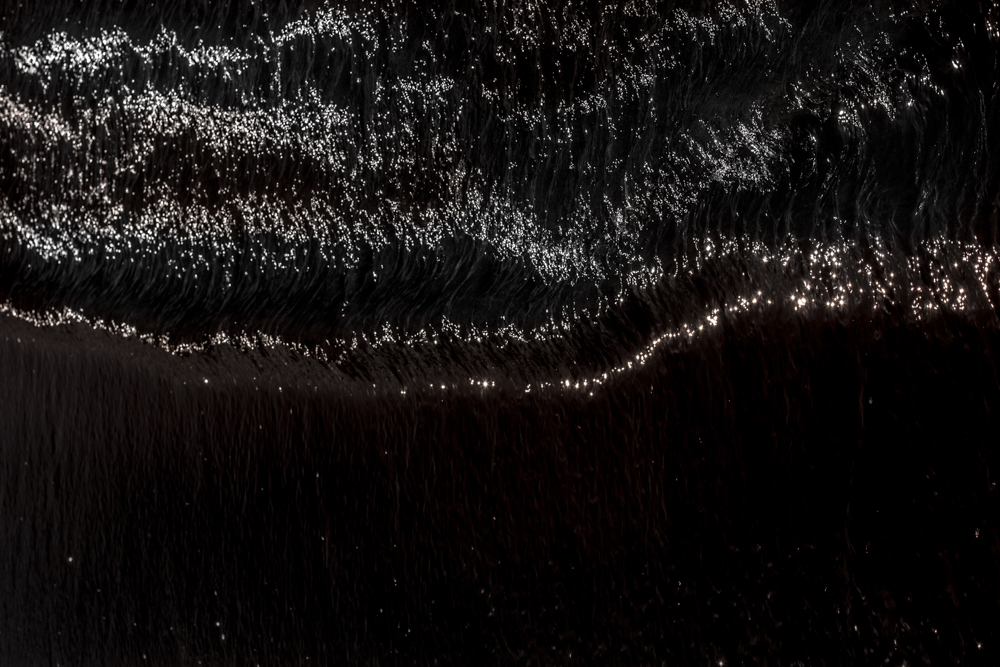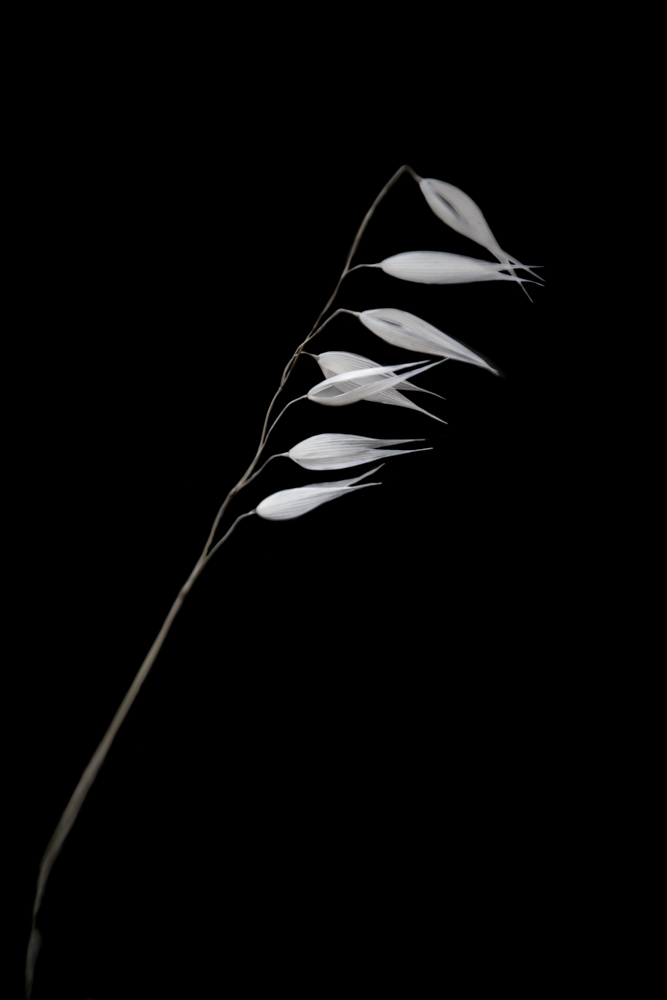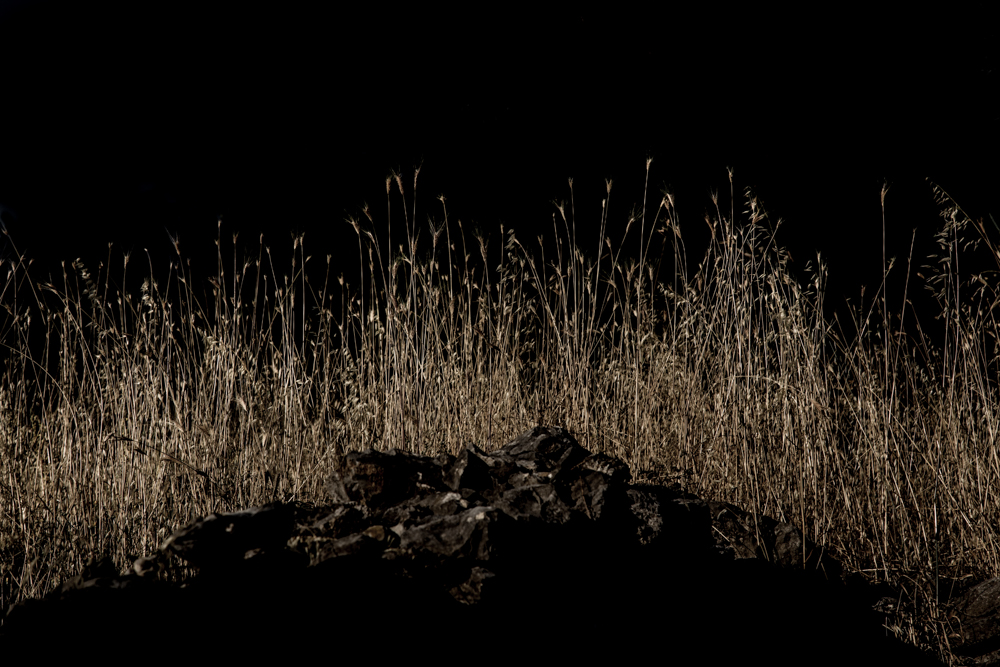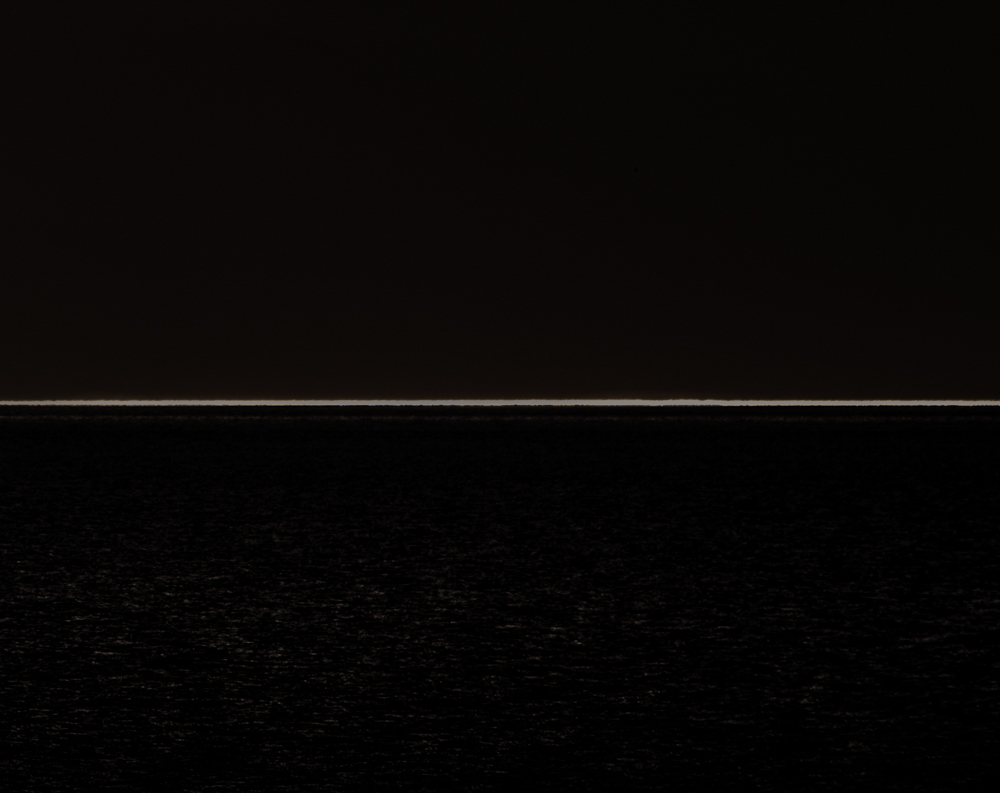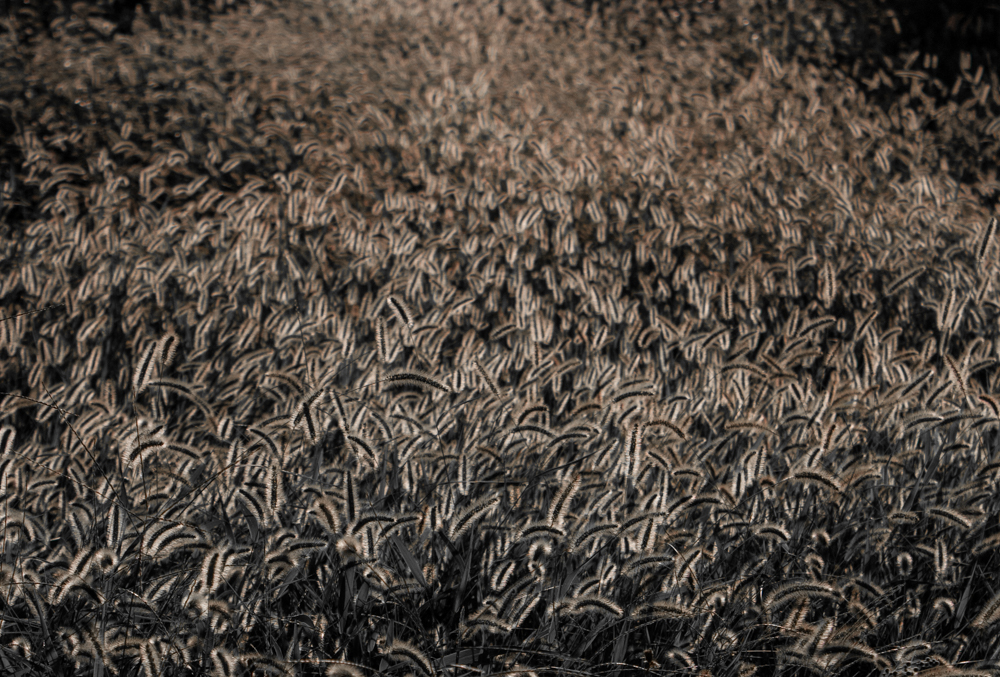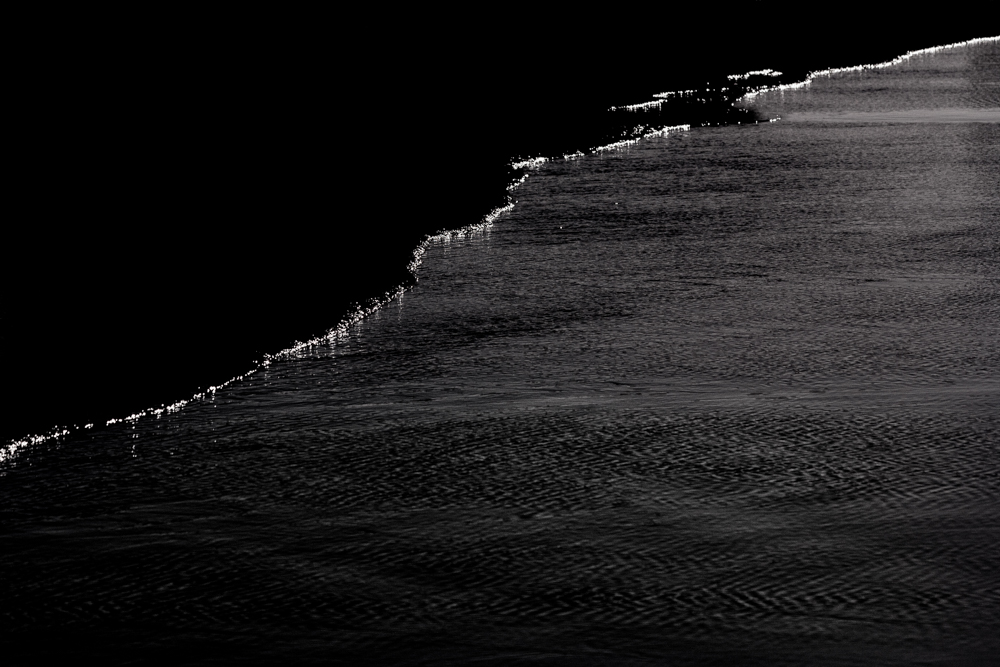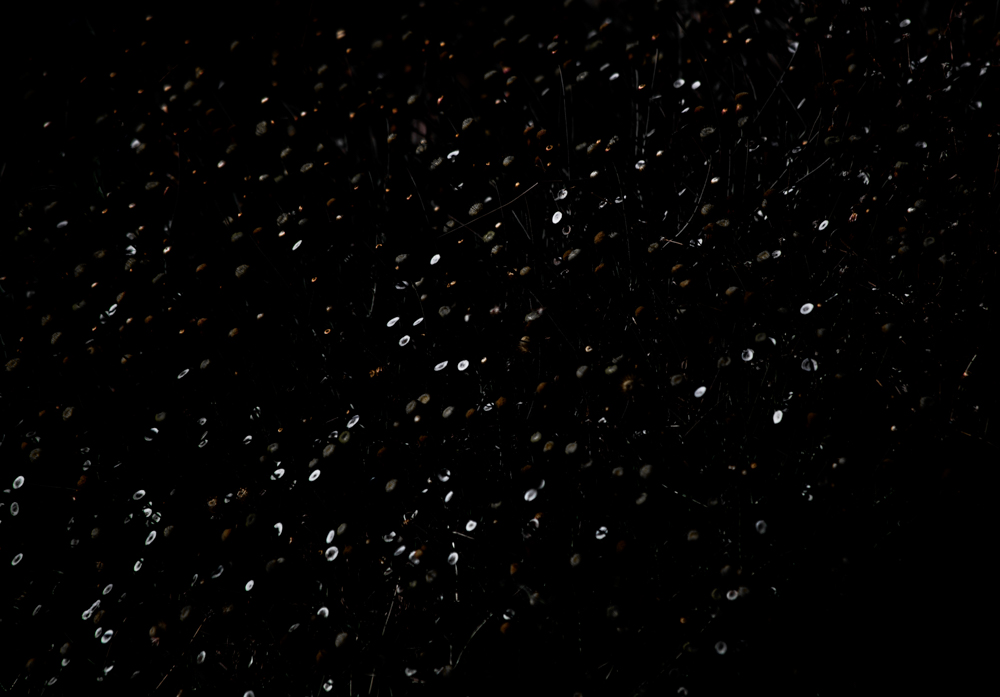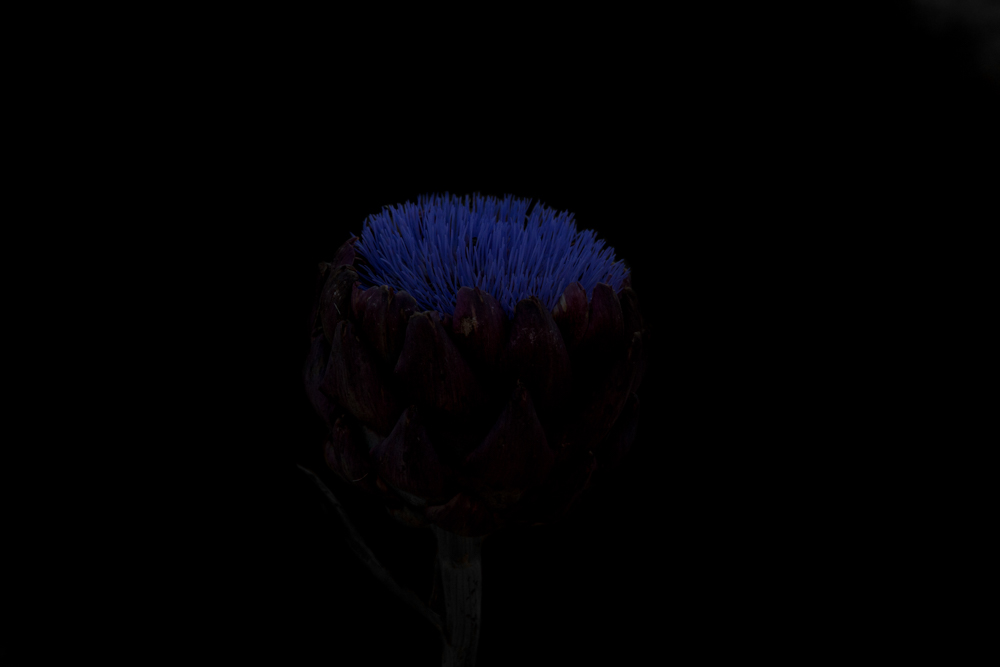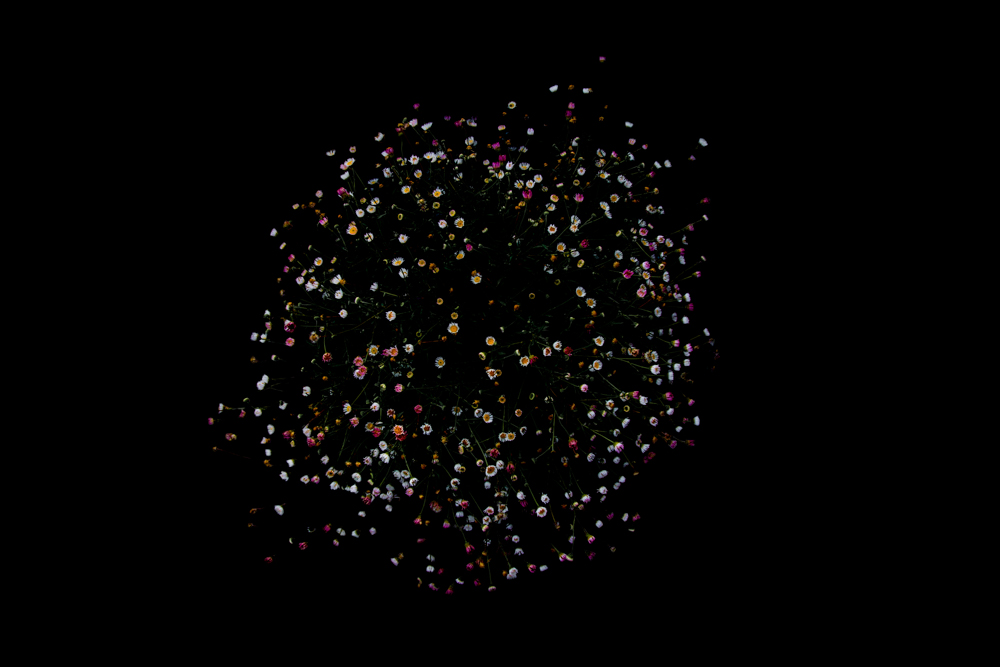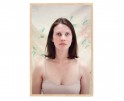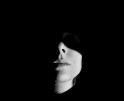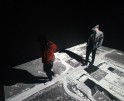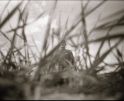Greece Week: Christina Papas: In the Black of Light
I met photographer Christina Papas at the portfolio review at the Athens Photo Festival last July. If you have the chance, the APhF is great to visit. It offers main and satellite exhibitions, an extensive photobook exhibition you can apply for without a fee, talks, performances, a Talent Lab program and diverse workshops. It also has an incredibly well-organized portfolio review event, with curators from Greece and Europe and sometimes beyond. Their reviewers slate is impressive and, amongst the Greek local attendees, I certainly was not the only person to have flown in two years in a row…
I met Christina early on the second day, it was her first portfolio review event ever. I was moved by her story and her images which she made while suffering from post-partum depression. The darkness is dreamlike and yet palpable without being oppressive. It becomes particularly relevant when she speaks of losing herself, yet always managing to find a way back, which she also experienced in that moment when the light or the absence of light felt just right.
And so, with this bonus feature, we conclude Greek week!
Christina Papas (b. South Africa, 1981) is a Greek Fine Art Photographer with significant experience in Communications and Creative Direction, working for companies varying from Hermès to Sony BMG.
Her photography reveals the curious approach with which she perceives and interacts with her environment in relationship to herself. By focusing on macro-details, she seeks to discover and create microcosms, capturing existing elements in a way that transforms them into new landscapes.
Fascinated by Albert Enstein’s theory of space-time, Christina’s work questions the self, its interrelationship with time and nature and their continuum progression.
Participations in group exhibitions include The Kivotos Art Project curated by Dr. Sozita Goudouna, (Photography, Kivotos Mykonos), Rematerializing Culture, curated by Margarita Kataga (Mixed Media, Michalis Kakogiannis Foundation), and Kenophobia, curated by Christina Androulidaki (Photography, CAN Gallery)
In the Black of Light
“In the Black of Light” is a topographical documentation of light and the significance of its presence, or absence and how we perceive this notion in our environment. It relates to cognitive matters of perception, interpretation and the storage of the visual information we selectively receive.
My approach to this documentation has been based on the moments of which I have intuitively felt most drawn to exploring my environment. Most of these images have been taken before dusk, where wild grass, soil and stone seem to glow like gold and the sea turns silver, and at dusk, with the very last light of the day. During this process, the constant game from light to dark often left me perplexed as to what my mind was perceiving as real. The lack of light surprisingly created a highlighting effect on subjects, sometimes just enough to recognize it and at other moments to even accentuate it.
This body of work was developed over a two-year period during which I experienced post-partum depression, often and easily overlooked as it may as in my case, discretely and gradually creep up on you. During this period, I often had trouble recognizing my emotions, which were true and which were merely a manifestation of the depression. There were days where I lost sight of myself but never enough to be unable to recognize my true identity and rectify my self-image, this often reflected in the way I perceived my subjects and the images themselves. This notion for me, was my silver lining, a hopeful thought I identified with each time I captured the moment where the light, or its absence, highlighted my subject enough to make it exquisite to my eyes.
On a whole, this work was a therapeutic process that gradually evolved into an emotional mind map, where I could look at each image and recall where I was and how I felt at the time. During this exploration of light in nature, I mirrored my thoughts by creating images where the familiar became unfamiliar and the boundaries between what is real and unreal became indistinct. This identification process was an encouragement in itself and thus propelled me forward.
For this work you photographed exclusively flora and the sea. How did that choice come about?
It wasn’t a conscious choice from the start, it was more of an intuitive tendency. My process often begins that way and only tips over to the conscious side once a theme begins to define itself and truly resonate with me. Once I have defined it I get excited, but try not to let the theme-driven thought process completely take over my natural inclinations. Nevertheless, both the sea and botany fascinate me and compel me to forever explore them.
There’s a significant difference between taking pictures to try to overcome your depression, and taking pictures about your depression. When did you realize that you were doing both?
Taking pictures and the post process has always been a very pleasurable way to express myself. When I am feeling down or anxious, I often grab my camera or turn to my computer and immediately feel better. In regards to this work, I realized it was about my depression at its early stages when I showed my husband the work for the first time. One of his first comments was “wow, I can clearly see what you’re experiencing emotionally through these images.” It was an eye-opening experience towards the work, but also to myself, and it was at that point that I began to take significant steps towards tackling it.
You speak of your post-partum depression in the past tense, so I’m glad you’re doing better. I know many artists who say that “photography saved them” at a point in their life, one way or another, some more literally than others. I know you’re also a painter. Why did you decide to grab a camera rather than a brush to explore light and darkness at that time in your life?
My camera has replaced my paint brush for over a decade now. Due to my career and the lifestyle that came along with it, I didn’t have the time nor the space to paint anymore. When I first got my hands on a pocket digital camera that a friend a purchased from abroad, I was immediately hooked and have been ever since.
Before the birth of your child, you worked for many years in creative direction and brand development for international companies. Suddenly you’re your own art director… Has your corporate experience influenced your creative practice?
My creative practice and my career have always had a give-and-take relationship, both influencing each other positively while progressing forward. Everything I have done professionally has developed naturally due to my artistic side and now that I am “returning” to myself as an artist, I feel more confident to make the change because of my professional experience.
I asked a Dutch intern to comment on my selection of artists for this week. Despite the variety of subject matters and styles, her first reaction to the imagery was “They all look so very Greek…”. Do you think there is such a thing as “a photograph being very Greek”, and if so, what would that mean?
That is very interesting and am curious to see the other artists’ images so I can relate to this comment. Without seeing them however, my only guess would be that it must be the light. There is something so distinct about the light in Greece, especially in the summer, that if anyone has ever visited this land, they can surely recognize it, even on an unconscious level. Just recently, while uploading a story and going through the light presets on Instagram, I caught myself wondering, “How come they don’t have a Greek preset, i.e. Santorini?” They should!
Finally, what’s next for you?
I am already working on my next body of work “Cosmos” which tantalizes with space and the theory of the multiverse, but my priority at the moment is to exhibit this one.
Posts on Lenscratch may not be reproduced without the permission of the Lenscratch staff and the photographer.
Recommended
-
Earth Month Photographers on Photographers: Tyler Green in Conversation with Megan JacobsApril 15th, 2024
-
Shari Yantra Marcacci: All My Heart is in EclipseApril 14th, 2024
-
Artists of Türkiye: Cansu YildiranMarch 29th, 2024
-
Artists of Türkiye: Eren SulamaciMarch 27th, 2024
-
Artists of Türkiye: Sirkhane DarkroomMarch 26th, 2024

